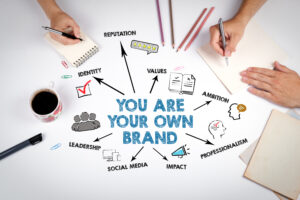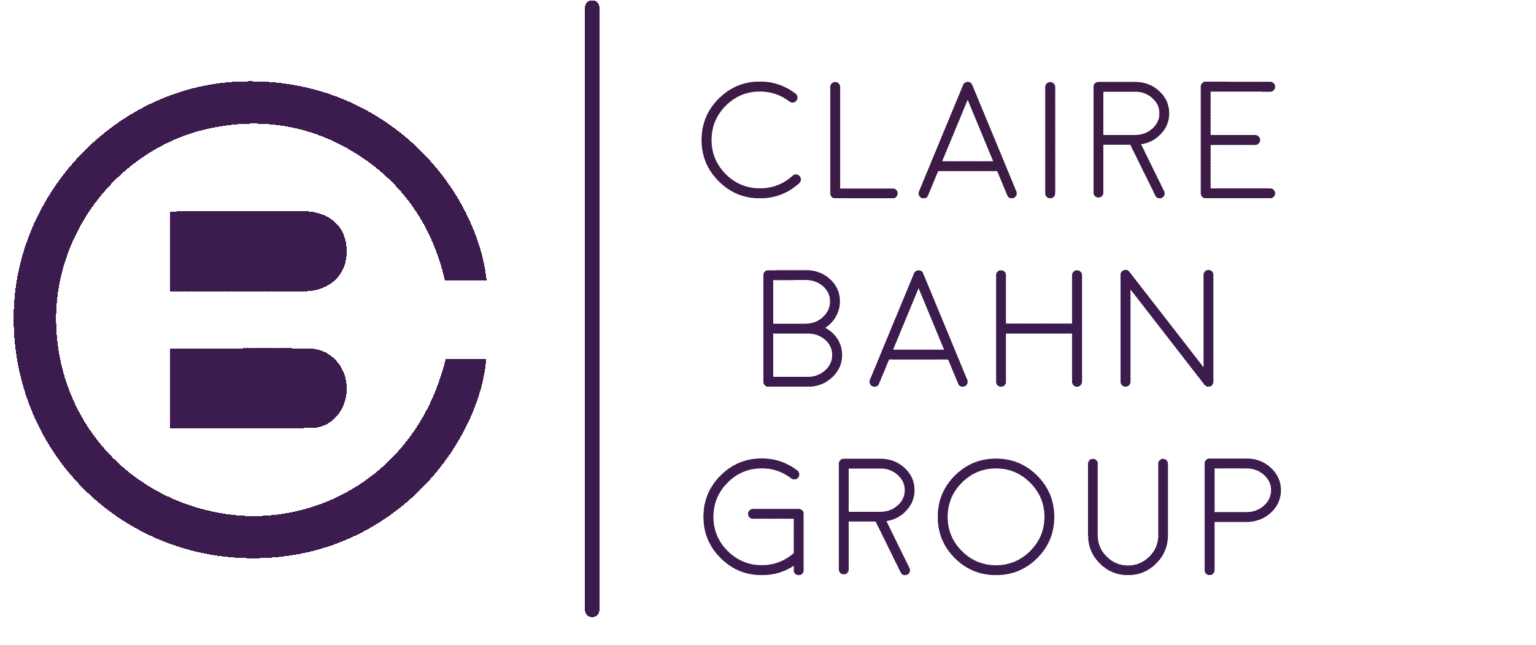How can visual storytelling elevate your personal branding in a crowded digital space? What are the essential elements of strong personal branding in 2025? Are your visuals aligned with your personal branding voice, or sending mixed signals?
In today’s fast-paced, scroll-heavy digital world, personal branding is no longer a luxury—it’s your calling card. This blog explores how visual storytelling acts as the secret weapon for crafting a lasting impression. From choosing the right colors and fonts to aligning your brand voice with visuals, learn how to stand out strategically and authentically.
Whether you’re a creative, consultant, or founder, mastering personal branding means more than having a polished headshot or a catchy tagline. It’s about consistency, clarity, and connection. Discover the actionable steps to build a brand that not only gets noticed but also builds trust—one cohesive image and message at a time.
In a world where scrolls are endless and attention spans are short, first impressions no longer happen face-to-face—they happen on-screen.
That’s where personal branding and visual storytelling collide. Your personal brand is your digital reputation, and visual storytelling is the art of making it stick. Together, they determine how you’re perceived, remembered, and talked about.
In 2025, it’s not enough to just “be online.” You need to show up strategically and visually. Whether you’re a founder, creative, consultant, or aspiring thought leader, building a recognizable and authentic presence is how you cut through the noise—and create a presence that lingers long after someone clicks away.
Table of Contents:
- Identify Your Brand Voice
- Clarify Your Core Values and Mission
- Determine Your Target Audience
- Create a Visual Identity
- Develop Your Online Presence
The Power of Visual Storytelling in Personal Brand Building
How Do You Describe Your Personal Brand?
What Is an Example of Personal Branding?
Who Has the Strongest Personal Brand?
- Secure Your Domain + Social Handles
- Create Branded Templates
- Leverage SEO
- Use Signature Visual Styles
Aligning Brand Voice with Visual Storytelling
Final Tips for Personal Brand Building Through Visual Storytelling
Stay Consistent—But Don’t Be Afraid to Evolve
Stay True to Your Unique Story
What Is Personal Branding?
Personal branding is the intentional act of crafting how you’re seen and experienced by others. It’s not vanity—it’s visibility, clarity, and influence.
Where corporate branding defines a business, personal branding defines you—your voice, mission, values, and the story only you can tell.
The key difference? A corporate brand speaks for a company. A personal brand speaks through the individual. And people connect with people. Strong personal brands share a few things in common:
- Consistency across platforms, visuals, and messaging
- Authenticity that builds trust and relatability
- Clarity in what they stand for and who they serve
In the age of AI and automation, human connection is your most powerful brand differentiator. So, don’t just build an audience. Build alignment. That’s what turns followers into believers—and believers into business.
How Do I Brand Myself?
Building a personal brand isn’t just about getting a good headshot and launching a website. It’s a layered, intentional process. Here’s your step-by-step roadmap:
- Identify Your Brand Voice
- Clarify Your Core Values and Mission
- Determine Your Target Audience
- Create a Visual Identity
- Develop Your Online Presence
1. Identify Your Brand Voice
Start with the aesthetics or your “vibe.” Are you bold and direct? Calm and strategic? Playful and irreverent? Your tone, language, and personality create your brand’s voice. This becomes the foundation of every caption, blog post, video, and podcast you produce.
2. Clarify Your Core Values and Mission
What do you stand for? What are your non-negotiables? Define your “why” and let it shape your messaging. Your mission fuels your purpose, and your values anchor your decisions. Make sure they are visible.
3. Determine Your Target Audience
Who are you talking to? What keeps them up at night? The more you understand your audience, the more you can speak directly to their needs, desires, and goals.
4. Create a Visual Identity
Visual identity consists of elements like colors, fonts, logo, and photography style. This is the visual shorthand of your brand—what makes your content instantly recognizable. Cohesion here is non-negotiable, so make sure you take your time deciding on these components before launching your personal brand.
5. Develop Your Online Presence
Your online presence is where your target audience will most likely find and engage with you. Build out platforms where your audience already lives. Online properties like LinkedIn, Instagram, TikTok, YouTube, and your personal website each have their own tone and utility. Make sure your brand identity is consistent across the board. Your personal brand should feel like you everywhere it shows up.
The Power of Visual Storytelling in Personal Brand Building
We process visuals 60,000x faster than text. That means your image is speaking before your words ever do. Visual storytelling isn’t just decoration—it’s direction. It:
- Drives emotional connection
- Boosts brand recall
- Communicates personality instantly
Let’s say you’re a leadership coach. Are your visuals sleek, minimalist, and powerful? Or are they warm, inviting, and community-driven? Each sends a different signal, and that signal is what people remember.
Here’s why it matters: Your profile picture, header banner, and content thumbnails aren’t filler. They’re brand assets. Cohesive visuals build trust. Disjointed ones breed confusion, so make sure they are aligned. You want every scroll, swipe, and click to say: “Yes, this is their brand.”

How Do You Describe Your Personal Brand?
Your personal brand statement is your elevator pitch across your LinkedIn headline, Instagram bio, or About Me page.
Here’s a simple template for how to craft one:
“I help [who you serve] achieve [outcome] through [what you offer], guided by [your core values or unique approach].”
Include these five elements:
- Profession or focus area
- Mission or purpose
- Core values
- Your personality or style
- Unique positioning
Once you have your statement, ensure your visual content backs it up. If you say you’re all about innovation, but your visuals look dated or generic, that’s a mismatch. Make sure your design choices reinforce what your words promise.
What Is an Example of Personal Branding?
Let’s walk through a hypothetical example of personal branding.
Meet Taylor: She is a Sustainability Consultant. Her tone of voice is calm, confident, and mission-driven. Her brand colors are Earth tones, like sage green, beige, and white. Her visuals include natural lighting, outdoor shots, and clean infographics. Her message: “Helping brands go green without greenwashing.”
On LinkedIn, Taylor shares weekly insights on eco-regulations, startup case studies, and impact metrics—always with branded slides and a recognizable photo template.
On Instagram, Taylor mixes behind-the-scenes glimpses, client testimonials, and short reels breaking down sustainability myths.
Across platforms, there’s harmony. Every post looks and sounds like Taylor. The result? Taylor becomes a go-to voice for sustainable strategy—and builds a brand that clients trust and remember.
Who Has the Strongest Personal Brand?
While we won’t take a deep dive on specific individuals, here’s what strong personal brands all have in common:
- Clarity of message: You instantly know who they are and what they stand for.
- Consistency across platforms: They sound and look the same across every channel.
- Strong visual storytelling: Their visuals reinforce their identity, including colors, style, and tone.
- Recognizable brand voice: Their content feels like them. It’s unmistakable.
Who are some public figures who check these boxes? Consider these:
- Oprah Winfrey’s brand is visionary and empowering.
- Gary Vaynerchuk (Gary Vee)’s brand is direct and energetic.
- Marie Forleo’s brand is fun and strategic.
- Jay Shetty’s brand is calm and inspirational.
Remember, you don’t have to be a celebrity to have a powerful brand. You just have to be intentional, authentic, and consistent.
How Do You Brand Your Name?
If you want to have a brand that is synonymous with your name, here are some steps to make it happen:
- Secure Your Domain + Social Handles
- Create Branded Templates
- Leverage SEO
- Use Signature Visual Styles
1. Secure Your Domain + Social Handles
Yourname.com isn’t vanity—it’s your home base. Get it while you can. The same goes for @yourname on key platforms. These are vital in associating your name with your platforms. Sure, having a quirky domain or handle can be fun, but the fastest and easiest way to be found online is to have your digital properties match your name.
2. Create Branded Templates
Use your name or initials in templates for YouTube intros, Instagram carousels, newsletter headers, and presentation decks. Visual repetition builds recognition, and consistency across all of your digital mediums is key.
3. Leverage SEO
Have you Googled yourself recently? What shows up when you do? Optimize your bio, About Me pages, and content to ensure your name pulls relevant, branded results.
4. Use Signature Visual Styles
Choose a consistent editing style, video frame, or color filter. These details seem small, but they’re part of the storytelling. When your name becomes linked to your values, aesthetic, and visuals, you’ve crossed the line from content creator to brand builder. This also creates trust with your audience and will keep them coming back time and time again.
Aligning Brand Voice with Visual Storytelling
One of the most common mistakes in personal branding? Sending mixed signals.
Imagine this: Your brand voice is bold and disruptive, but your visuals are pastel and quiet. That disconnect breeds confusion.
Here’s how to fix it: Match your tone with design. Have a playful brand? Use bright colors, quirky fonts, and dynamic layouts. Is your brand more serious and strategic? Lean into sleek designs, muted palettes, and elegant typography.
Use imagery intentionally. Photos and graphics should feel like extensions of your message, not stock add-ons.
Avoid giving your audience visual whiplash. Don’t drastically shift colors, photo styles, or design every few weeks. Take the time to purposefully select your brand visuals at the beginning of your branding journey and stick with them. Consistency builds trust.
Perhaps most importantly, your audience shouldn’t have to guess who you are. Your brand voice and visuals should speak the same language.
Final Tips for Personal Brand Building Through Visual Storytelling
Here are some final, actionable advice to keep in mind for creating a visually strong personal brand:
Stay Consistent—But Don’t Be Afraid to Evolve
Your brand isn’t static. It should grow as you do. Rebrand when necessary, but always with intention. Don’t rush into it, though. Make sure that it is a conscious, well-thought-out decision (remember, you want your audience to recognize you, and constantly changing your branding can quickly make you lose their trust).
Audit Your Online Presence
Every quarter, take a bird’s-eye view of your digital footprint. Are all of your platforms aligned? What needs to be updated? Take stock of what needs tweaking and adjust accordingly.
Invest in Quality Visuals
DIY can only go so far. Hiring a brand photographer or graphic designer can elevate your look instantly—quality matters here.
Stay True to Your Unique Story
While it may be tempting, don’t focus on chasing trends. Trends are fleeting. Your edge is your lived experience, voice, and point of view. That’s what creates a connection and builds a legacy.
In Conclusion
Personal branding is no longer optional—it’s how you get seen, known, and remembered in the digital age. And in a sea of noise, visual storytelling is your megaphone.
It’s not about being flashy. It’s about being intentional. It’s about building a brand that reflects the real you and making sure that brand shows up clearly, creatively, and consistently across every platform.
Because when your words and visuals work together, you don’t just make an impression. You make an impact.
Need help building a visually-driven personal brand that attracts clients, followers, or talent? Sign up for a strategy call today and let’s create your story—and make sure the world sees it.


